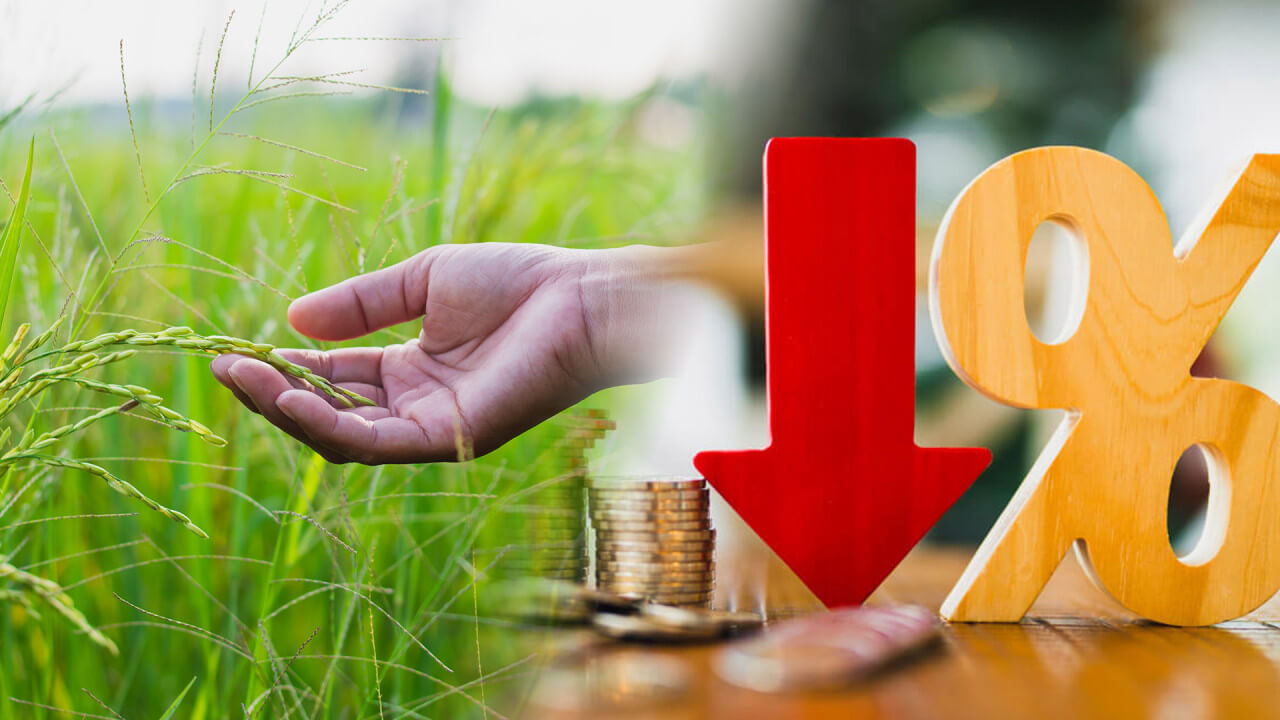

The latest consumer price index also marked a significant drop from the 5.3 percent inflation rate recorded during the same period last year, and brought the average inflation for 2024 to 3.6 percent.
The deceleration was mainly driven by lower costs of food and non-alcoholic beverages, which saw their pace of price increases slow from 6.4 percent in July to 3.9 percent in August.
Additionally, the cost of transportation experienced a notable shift, registering a 0.2-percent decline compared to a 3.6-percent increase the previous month.
Other sectors contributing to the downward trend included alcoholic beverages and tobacco, clothing and footwear, and personal care services.
However, housing, water, electricity, gas, and other fuels experienced a slight inflationary increase, rising from 2.3 percent in July to 3.8 percent in August.
Food inflation also eased to 4.2 percent in August, down from 6.7 percent in July. Rice prices, a significant contributor to overall food inflation, saw a slower rate of increase at 14.7 percent, compared to 20.9 percent the month prior, the government said.
The latest inflation data suggests a continued easing of price pressures across several key sectors, providing relief to consumers.